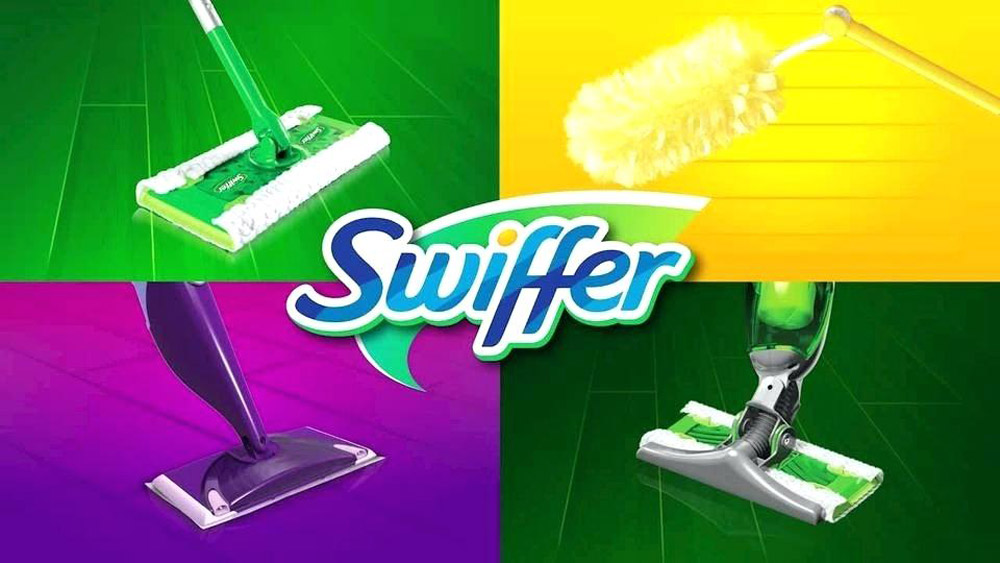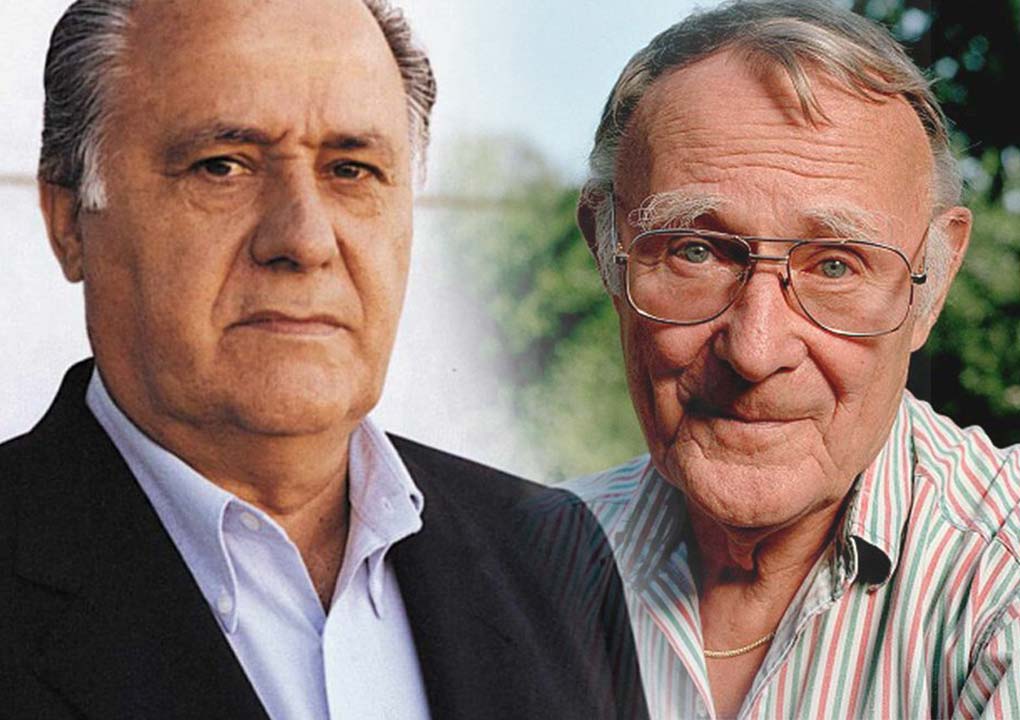In our third ‘Big Issue’ for 2018, we’re looking at how do we make things work better. Call it change, innovation, design thinking, service design or customer experience. And who is responsible for making things work better?
I was recently fortunate enough to be a delegate on a trade mission with Design Singapore to London. Our focus was on ‘Service Design’.
My first point: There appears to be a lot of terminologies flying about that mean the same thing; how do we make things work better?
My second point: Who should be responsible for making things work better?
What follows are some observations around the subject.
1. Who should be responsible for making things work better?
Over the years C-Suite titles have alluded to those responsible for the job of making things work better:
– CTO (Technology circa 1960’s)
– CEO (Executive circa 1970’s)
– COO (Operations circa 1980’s)
– CFO (Financial circa 1980’s)
– CIO (Information circa 1980’s)
– CINO (Innovation circa 1990’s)
– CBO (Brand circa 2000’s)
– CDI (Digital circa 2010’s)
– CXO (Experience circa 2010’s)
As the focus of different business sectors is very diverse, the blurring of job titles can be forgiven but from the array of C-Suite titles, we would suggest that the job of making things better starts with the CEO. The COO is next in line as they define the strategic direction and empower people for whatever project is at hand.
Change and innovation need to start at the top, the CEO needs to endorse change and align his or her colleagues. If the CEO does not fully endorse change, you can start to plot the gradual decline of the business.

2. Why bother hiring change consultants?
We’ve heard the arguments that the responsibility for the strategic direction of a business should be driven by the C-Suite; that’s why they’re paid the big bucks – right? We wouldn’t suggest that C-Suite executives don’t know where business is going or which new technologies are relevant. Most CEOs realize they need to empower their employees and gain customer insights to enable their businesses to adopt or adapt technologies to give them a competitive advantage. That’s where C-Suite executives need to create the stage for innovation and that usually means letting go. This is a great opportunity for co-creation between business, customers and innovation partners.

3. Change is a great opportunity to collaborate & grow.
Sounds philosophical, doesn’t it? One observation from the UK was how often change consultants were given problem statements and not specific briefs.
If you’re given a problem statement, a few interesting things happen. Clients, consultants, creatives and customers can collaborate to define the objectives, that address the problem statement. This helps break down the client-supplier relationship and allows ideas to flourish. It also means that the team from the client side can start thinking of the most effective ways to get their colleagues to adopt any new ideas.
Hopefully, this also stops consultants leaving PowerPoint decks behind, with the hope that the client will somehow change their business by a process of osmosis.
In summary, it’s time we collaborate more.
Read more:
- When did we start naming corporate honchos with 3 letters?
- Research says these are the 5 essential elements of a successful team
How collaborative leadership delivers sustainable innovation
Just to prove that customer insights and innovation is part of the human experience and not a new set of buzz-words, we want to celebrate a classic success story from P&G.
The insight was simple: Mopping floors is not only boring but it’s ineffective. Mopping is the process of turning dust into fine mud and smearing it around the floor.
P&G had tried for years to create a better mop but it took a design agency to get out of the lab and into people’s homes to crack the problem. After watching thousands of people mopping thousands of floors in thousands of homes, the researchers purposely spilled some ground coffee at an elderly participant’s home. Rather than get the mop, the host swept up the grounds with a broom and then proceeded to use a damp paper towel to clean up the rest of the fine dust. In that moment, the Swiffer brand was born, or should we say a $500-million-dollar cleaning system, as Swiffer is now a line of cleaning products including the Swiffer WetJet, Duster, Vac, Dust and Shine.
Read More: The Innovation Method Behind Swiffer Madness
Share this article



